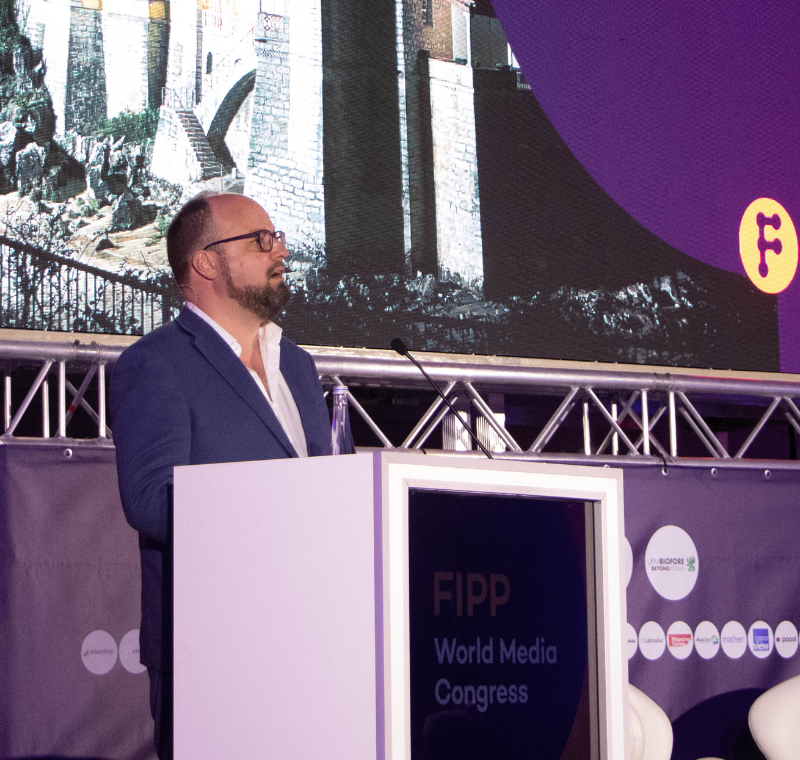B2B media: Advice on how to stay relevant to audiences
What’s changed?
Scherzer began by saying that in the last decade, the business model has changed to include data-driven strategies. For, Burman – whose market is in South America – this is true, but he’s still looking to develop a print publication to boost revenue.
Friedenburg said that his company’s digital gains have surpassed the print declines and how he has moved to a data-driven web space.
Tanaka voiced that her company has lost US$4m in advertising revenue, but gained the same in circulation revenue, therefore demonstrating the change in business model.
Editorial roles are changing too. Tanaka talked about the days where advertising, circulation and editorial teams operated separate from each other. “Now,” she said, “it’s all about teamwork.”
For Friedenberg, it’s scale that has changed the most and “how you define scale on a global level.” He said, “It’s a virtual scale now,” whereas it used to be a physical one.
Today
With most companies making most of their money from advertising, Scherzer asked how B2B media companies can stay relevant.
Tanaka mentioned the importance of technology and how her company hires technology experts, trains new employees and outsources some work – this combination approach keeps her company relevant.
“Developers are important as editors,” Scherzer said. “How do we drive business with mobile?”
“We monetise the mobile website,” Friedenberg answered. “Look for the moments where your readers are wanting to engage.” He went on to describe how IDG has successfully used a paywall to drive database construction.
“Mobile revenue isn’t huge,” Tanaka said. “But it’s not miniscule. We charge $40 a month. Times that by twelve, and that by 40 thousand…”
“That’s a lot of money,” Scherzer said.
She explained that only seven or eight per cent of page views for her company come form social media, and she hopes to increase that. But, like Friedenberg’s paywall, she gathers registration information and profiles of her readers by using social media as a tool.
What’s next
“Culture and talent are more important than strategy,” Friedenburg said.
Burman agreed with the idea of thinking in new ways. “Why do we think digital first, mobile first?” he asked. “How about audience first?” He pitched his idea of being “hyper niche” to counter big digital revenue companies like Google, Facebook and Yahoo.
“It’s going to be our job to identify and predict buying behaviour,” he said.
Friedenburg said, “the art and science of media is now balanced.” According to him, now is the time to aim for “deeper engagement and higher performance” with a focus on viewability.
“We sell a service now,” said Burman. “Not pages.”
Immediate goals
For Burman, the next year will be focused on monetising his audience beyond ads, launching new titles and new digitalisation strategies – that won’t be monetised right away.
“We believe in print, we believe in B2B and we believe in niche marketing,” he said.
With Friedenberg, the next year’s goals are summarised in one word: “growth.” Of revenue, audience, technology and data capabilities and talent pool.
And for Tanaka it will be continuing to launch new magazines and going global.
More like this
Joe Ripp: “We are in the most exciting time for content”
Monetising mobile content in an ad-blocking era – advice from Unruly








